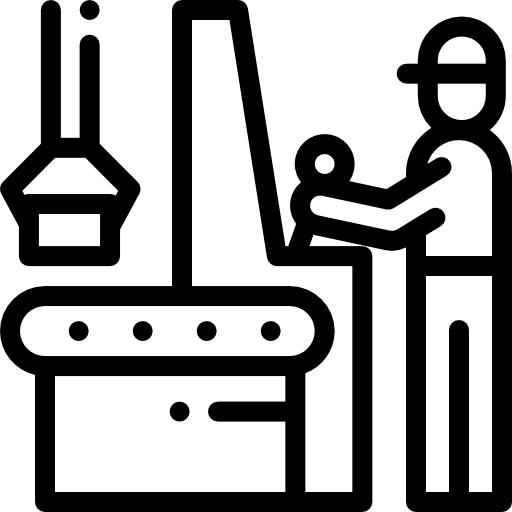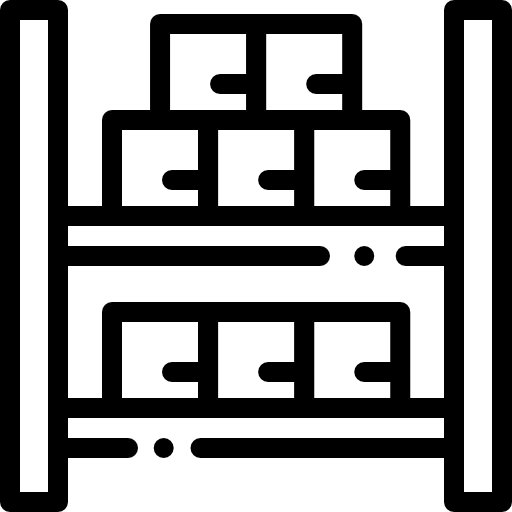Strategic development during the ERP implementation
An almost 2-year-long project deployment of admoVa comes to a successful end.epsotech Germany - a company of the epsotech Group - successfully introduces SAP S/4HANA™ in project management with the support of admoVa.In the following, we will show you how strategic topics of further development such as sustainability and digitalisation can still be successfully combined in an ERP implementation.For more than 60 years, the epsotech Group has been developing customised plastic solutions for a wide range of segments and markets. From train seating to playground equipment, with more than 3,000 products, epsotech offers the most comprehensive portfolio of extruded sheet and film in Europe. Every year, the group supplies more than 2,500 customers worldwide, combining the strengths of 6 European production sites with around 600 employees, making it a typical medium-sized customer for us admoVa.The epsotech locations serve different product segments. And for historical reasons, they use different ERP systems. "Until now, there has been no talk of integration or even digitalisation, and this has severely hampered us in important strategic developments," says Daniel Faller, Executive Director Group Finance & IT at epsotech and ERP project manager.The credo "we care about plastics", with which epsotech clearly positions itself in the market, stands above all processes and developments. "In addition to the digitalisation offensive, we are pursuing the strategic goal of offering a fully recyclable portfolio and replacing non-recyclable solutions in the market," says Carina Marotta, Director of Marketing at epsotech. "Here we are building on the principle of the circular economy and taking the lead in the use of post consumer materials." "The prerequisite for this is transparency about the complex material and value flows of a circular economy. The digitalisation of production and logistics is therefore an important enabler for us," says Daniel Faller.Dhe basis for the success of an ERP implementation is a clear understanding of the target processes by all parties involved. Sorting the processes and assigning them to IT solutions is an important prerequisite for a successful and manageable IT target landscape. In the course of the ERP implementation, we first redesigned the IT application strategy (see glossary below) for the group together with epsotech. "For this purpose, we recorded epsotech's processes and IT requirements, optimised them in part and assigned them to the application levels of the newly defined application strategy," says Dr Jens Rittscher - partner at admoVa Consulting and, together with Daniel Faller, in the overall project management.The ERP level includes important core processes that are necessary to run a company: Finance, Controlling, Production, Logistics etc. Here, epsotech had decided early on in favour of SAP S/4HANA™.The digitalisation of production is difficult to map in an ERP due to the typically complex production processes in the plastics industry. We therefore recommended the introduction of an MES/MDE system to epsotech. The MDE system receives (in real time) machine and consumption data, which are aggregated and transferred to SAP.The digitalisation of logistics could in turn be solved in SAP EWM(TM) (Extended Warehouse Management) with scanner applications (logistics system level). We proceeded in the same way for other process requirements. Sorting the requirements and assigning them to solutions is an important prerequisite for a successful and manageable target landscape.An ERP implementation is complex and is especially not an IT project"An SAP implementation is complex, and especially not an IT project," says Daniel Faller. "We had to learn this painfully at first and then decided on admoVa's project support. "admoVa convinced us with its logistical process transparency and a deep technical understanding of the IT systems in the value chain, especially SAP. admoVa was able to show us concretely what possibilities we have with the new ERP landscape. In addition, with admoVa we were able to tackle the topics of reorganisation and change management, which are also important for us", Michael Hangelmann CEO of the epsotech Group.In their search for a suitable MES/MDE system, epsotech fortunately found what they were looking for within the group itself ("how do your sister companies do it?"). "Here, too, admoVa helped us from the idea, the specification of the need for further development of the so-called Genesis system to the realisation in project management ", Daniel Faller. "You have to pay a really big compliment to the internal and external development team in Italy. With Genesis, epsotech has created an MES /MDE system ideally suited to the production processes, with a high level of integration in SAP - under its own steam", says Dr. Jens Rittscher. The data from Genesis in combination with the extended analysis options of an SAP S/4HANA™ database form the central digital core for all future digitalisation activities.epsotech Germany successfully set live in January 2022 After the go-live of epsotech Holding in September 2020, the first producing location - epsotech Germany - has now been live since January 2022. The subsidiary plants are to follow within the coming months. "We are proud of the success of our project and we wanted to show this to our customers," says Carina Marotta. "Therefore, we decided without further ado to put a short video about our project online. epsotech Video see: https://www.youtube.com/watch?v=JNmklPTdBr0&ab_channel=epsotechGroupFurther information on epsotech at www.epsotech.comTasks of the admoVa team in the project:ERP process design, ERP IT architectureProject management SAP S/4HANA implementation Technical Project Management MES/MDETechnical project management integrationMigration concept Test management and cut over management Hyper Care Support SAP S/4HANA GermanyAccompanying consulting topics:Mgmt. Consulting ReOrganisation - GroupChange Management Glossary:Application strategy: The application strategy deals, among other things, with the goals of internal business processes and with increasing their performance. It determines the extent to which individual processes are supported with an application (application layer).ImpressumThe contents published here are subject to German copyright and ancillary copyright law. Any use not permitted by German copyright and ancillary copyright law requires the prior written consent of the provider or the respective rights holder. This applies in particular to the copying, editing, translation, storage, processing or reproduction of content in databases or other electronic media and systems. Third-party content and rights are marked as such. The unauthorised reproduction or transmission of individual contents or complete pages is not permitted and is punishable by law. Only the production of copies and downloads for personal, private and non-commercial use is permitted. The display of this website in external frames is only permitted with written permission.This article contains links to third-party websites ("external links"). These websites are subject to the liability of the respective operators.Further information on the imprint can be found at www.admova.com





































